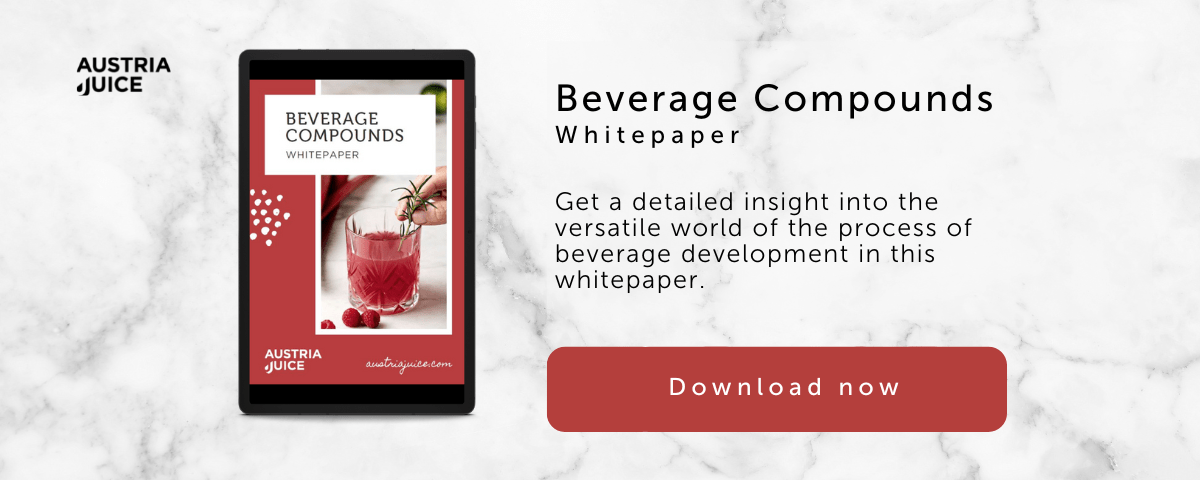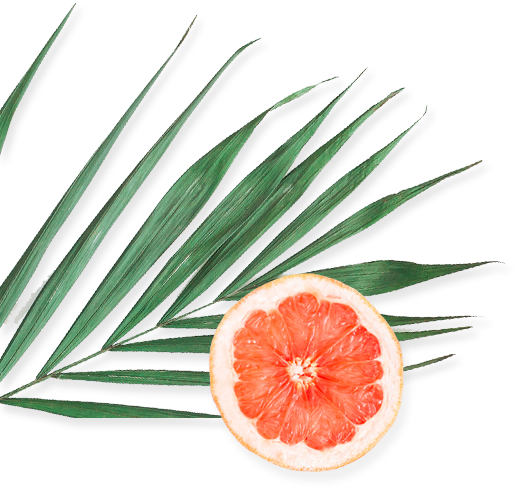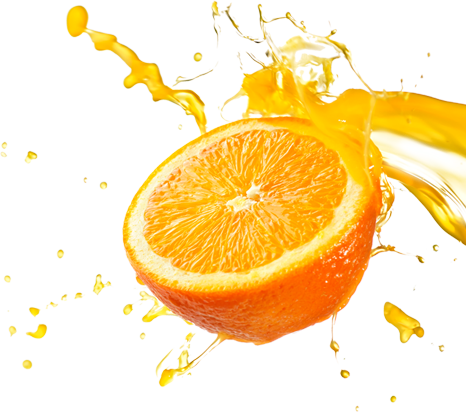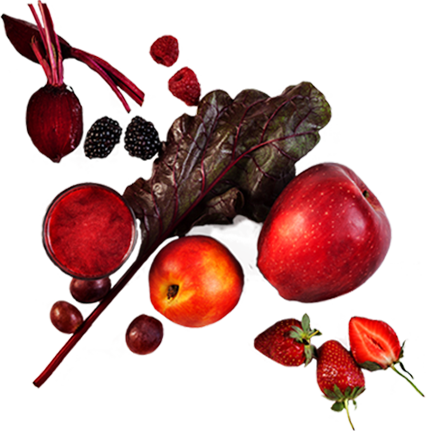
Beverage compounds and the technological challenges for the beverage development part2

Featured Posts
Categories
Interested in more? Subscribe to our blog.
Whether it is a matter of stabilizing the colour of a beverage or integrating vitamins, minerals or sweetening ingredients – beverage manufacturers face different challenges when developing products with beverage compounds.
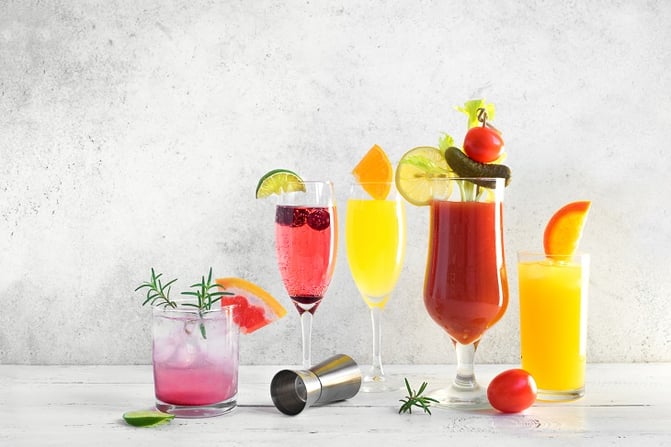
The path from the product idea to the finished drink is complex – and an essential criterion for success is the correct interaction of the different beverage components. Read about the challenges that need to be overcome – in addition to those mentioned here – in the processing of beverage compounds.
Drinks with intense colours: stability is crucial
Since the mandatory warning for synthetic azo dyes in food and beverages was implemented across the EU, the trend towards the use of natural colourants has increased. These in turn have the disadvantage of not being as stable as the artificial colours. Furthermore, for beverages there is currently no suitable, established blue colour with good light stability. Although spirulina (blue algae) is used as a new type of natural blue colour, even if it is not very light-stable. There are restrictions in the choice of colours for naturally coloured beverages, but a wide range of possible colours can be covered by an optimal selection of suitable raw materials.
Due to the sensitivity of many natural colourings, it is the more important to carry out corresponding accelerated storage tests with special light sources. Here, external conditions are created in order to be able to assess the degradation of natural colours – which would occur during the course of the shelf-life – in a comparatively short test time. Due to the experience of product development, interactions of natural colours with other ingredients can be taken into consideration. It is recommended to combine the yellow or orange coloured beta carotene with ascorbic acid to ensure a long colour stability in the drink. On the other hand, in the case of red-coloured beverages based on anthocyanins from red fruits, the addition of ascorbic acid can contribute to faster colour degradation.
 Preservation: Important processes for beverage hygiene
Preservation: Important processes for beverage hygiene
Non-alcoholic drinks, which are usually acidified, already provide an important basic condition: They have an acidic pH value that is below 4.5. As a result, pathogenic – disease-promoting – bacteria are inhibited in their growth. Only yeast, mold and acid-tolerant bacteria, such as lactic acid bacteria, grow in an acidic environment.
In order to still produce a microbiologically stable and hygienically perfect drink, various physical processes are available. The most familiar examples are aseptic filling or high temperature short time pasteurization of the beverage before filling or the pasteurization of the entire container – for example in a tunnel pasteurizer for cans and bottles. If it is not possible to use the physical preservation methods, there is also the option of preserving the drink with suitable preservatives such as sodium benzoate or potassium sorbate.
Integration of vitamins and minerals: the trend asset of modern beverages
Minerals are an important source of human nutrition in order to ensure a well-balanced electrolyte balance in the human organism. That is the reason why drinks, especially the so-called sports drinks, are often fortified with minerals such as magnesium, sodium, potassium or calcium. The amount of minerals that can be added to drinks is limited, as the minerals have an acid-buffering and pH-increasing effect. In the case of very high doses, it would be necessary to add too much acid to keep the pH value below 4.5. Furthermore, high doses of minerals are a sensory challenge: in high doses, magnesium tastes bitter, sodium tastes soapy and potassium tastes metallic. Through moderate use and a coordinated selection of suitable edible acids, a drink with an excellent taste can be developed despite the high mineral content.
Vitamins are also popular additives for beverages - especially in the category of wellness drinks. However, some vitamins – in contrast to the minerals – are affected by a certain degradation over the shelf-life period. The reduction of vitamins is influenced by the storage temperature, the presence of oxygen, exposure to daylight or sunlight and additives such as metal ions. The main influencing factors on the stability of the vitamins can be controlled by the appropriate selection of packaging material – non-translucent like beverage cans, protected from light like amber glass bottles – the filling technology, e.g. low in oxygen and the setting of a suitable timeframe for the best-before date.
Some vitamins are known to have less long-term stability in beverages. This group includes, for example, vitamin C, folic acid, pantothenic acid and vitamin B12. When using provitamin A, e.g. beta carotene, an additional dose of vitamin C is recommended to ensure long-term stability. On the other hand, Riboflavin (B2), only is stable when light is excluded and should therefore only be used in light-protected containers. In order to ensure that at the end of the best-before date the vitamins are still available in the required amount, as stated on the label, , an appropriate initial dosage is made based on empirical values gathered during the development of beverage compounds.
Thanks to the experience of the Austria Juice product developers, tailor-made and optimized solutions for adding vitamins to various beverage categories can be worked out together with customers.
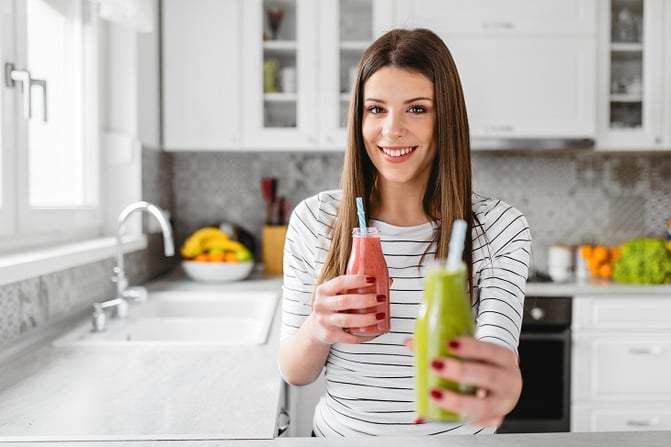
Sweetening ingredients: fewer calories are more!
In Europe, the proportion of beverages that are sweetened with non-caloric, sweetening substances is around 10 percent, in the USA the proportion is even higher. The importance of this segment will increase in the next few years due to the discussions about sugar content and sugar reduction. A number of sweetening substances - sweeteners and substances of natural origin with a sweetening effect - are available for calorie-free sweetening.
The sensory profile of many sweeteners often deviates from the well-rounded taste profile of beet sugar. Long-lasting aftertaste of sweeteners – also known as "lingering" – can be identified, as well as a bitter, metallic or liquorice-like aftertaste. In particular Saccharin and acesulfame have a metallic aftertaste, whereas steviol glycosides often produce a slightly bitter aftertaste similar to licorice when used in high doses.
In addition, in an acidified beverage matrix the sweeteners have different levels of stability. When using aspartame – a sweetener with a generally good sensory profile – a slight degradation after a long period of storage must be expected. In this case, the best before date for the compound or the finished drink must be adjusted individually.
In addition to the sensory and technical disadvantages, the sweeteners also have surprising effects. A synergistic increase in the sweetening power can be achieved through a targeted combination of sweeteners.
Among the sugar alcohols that can be used for beverages, there is currently only erythritol on the market as a relevant raw material. However, the use is limited to 1.6 percent for low-calorie beverages or drinks made with no added sugar.
A perfect combination of sweeteners enables the development of beverages with a sweetness profile almost as good as sugar. By using masking flavours that suppress the bitter or sweetener aftertaste, the sensory profile can also be optimized. A desired taste can arise from very different components and combinations.
Sugar reduction with FMPs: same taste, fewer calories
In order to better cope with the various sensory challenges with low-calorie beverages, the flavouring experts have a multitude of interesting flavours at their disposal, mostly of natural origin. By developing so-called flavourings with modifying properties, not only the overall sensory profile of a low-calorie drink can be improved – for example by reducing the bitter taste or enhancing a specific aroma – but there is also the possibility to reduce the sugar by 10 to 20 percent while keeping the same sweet taste. Austria Juice can develop tailor-made solutions for the corresponding beverage applications together with the customer.
CONCLUSION:
To ensure that beverage compounds and the resulting finished products turn out successfully different technological processes are required. The production and processing of beverage compounds have to meet different challenges, like ensuring the stability of colour-intensive products, tailor-made preservation processes that are adapted to the respective pH value and meet the highest hygiene requirements as well as the integration of vitamins, minerals and other ingredients.
There are various technologies that can be used for the appropriate sweetening or for reducing calories. The experts from AUSTRIA JUICE will support you to find the best solution for your market and will meet the challenges in the product development of a tailor-made beverage compound according to your needs.

